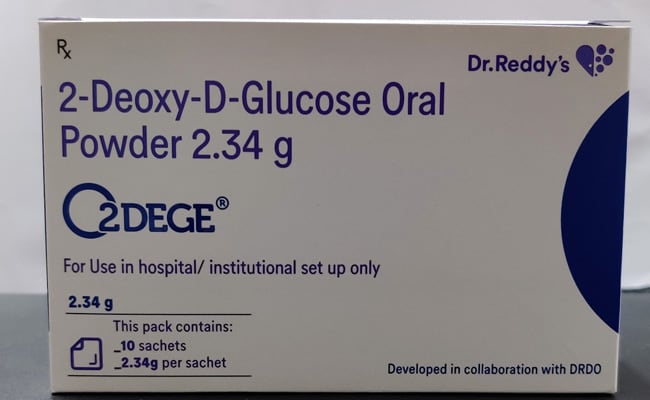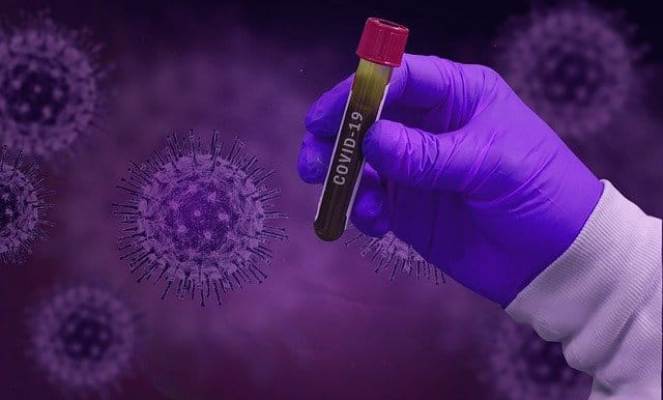
India’s Health Minister Dr. Harsh Vardhan on May 17, 2021, released the first batch of 2-DG, an anti-COVID-19 drug. The drug is indigenously developed and known as 2-deoxy-D-glucose or 2-DG. Here is everything you need to know about this drug.
The Drug Controller General of India (DCGI), on May 1, 2021, cleared the formulation of 2-DG. As a result, the drug got approval for emergency use as an adjunct therapy. “The drug will be of immense benefit to the people suffering from Covid-19,” the release read.
How does 2-DG work?
The clinical trial data show that the drug helps in the faster recovery of COVID-19 patients, and reduces their dependence on supplemental oxygen. It is unique and can selectively accumulate in infected cells.
The drug also accumulates in the cells infected with the virus and prevents the growth of the virus. It stops the synthesis of viruses and increases energy production.
Formulation
2-DG is a genetic molecule with a glucose analog. It makes it easy to produce and distribute in large quantities. It was developed in the Institute of Nuclear Medicine and Allied Sciences (INMAS), New Delhi. The Defence Research and Development Organisation (DRDO) lab, in collaboration with Dr. Reddy’s Laoratory (DRL), released the news earlier this month. DRL is the industry partner and is contributing to the production of the drug.
All about the clinical trials
Experiments were carried out in April,2020 by INMAS-DRDO and they found that the molecule is highly effective against SARS-CoC\V-2.
DCGI permitted the second phase of clinical trials on patients with COVID-19 in May 2020. The drug tested on 110 patients across the country was prosperous.
Clinical trials result
The data clearly shows that the molecule inhibits the growth of the virus and proves beneficial. Efficacy trends from the second trials show that the drug is safe for COVID-19 patients. “The patients treated with 2-DG showed faster symptomatic cure than Standard of Care (SoC) on various endpoints,” said the official release. A significant increase of 2.5 days was seen in comparison to the median time of achieving normalization when compared to SoC makes this drug extremely useful.
The data from the third phase of clinical trials showed a significantly higher proportion of patients improved symptomatically and became free from supplemental oxygen dependence. 42% v/s 31% by Day 3 in comparison to SoC, indicating an early relief from oxygen therapy or dependence,” the release stated.
The presence of similar trends in patients over the age of 65 is another success of the molecule.
